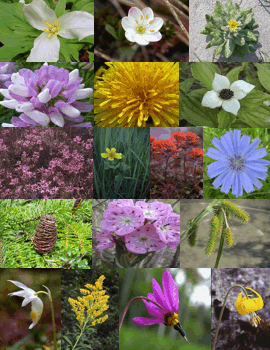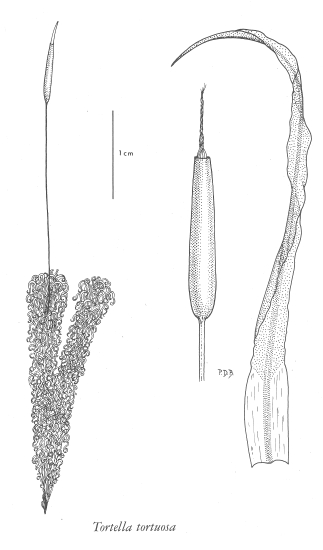E-Flora BC: Electronic Atlas of the Flora of British Columbia
Tortella tortuosa var. arctica (Hedw.) Limpr.
moss Pottiaceae Species Account Author: Wilf Schofield Extracted from Some Common Mosses of British Columbia Introduction to the Bryophytes of BC
|
||||||||||||||||||||||||||||

